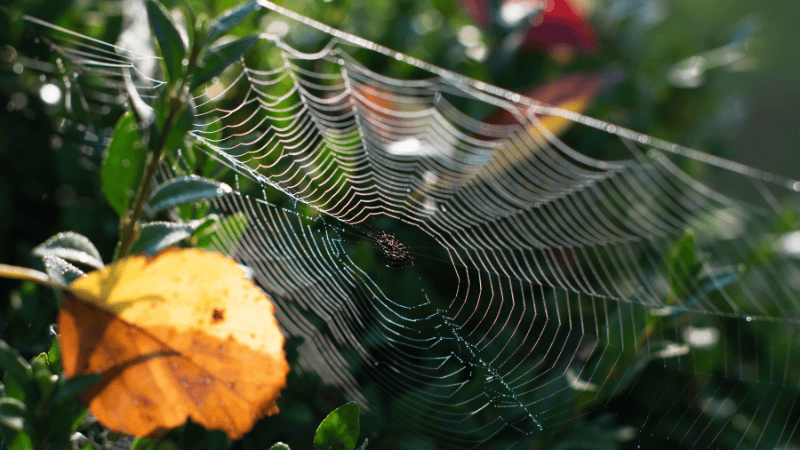Flies and the Threat They Pose

You may think that those flies you find buzzing around your kitchen this time of year are just another seasonal nuisance. Unfortunately, given the rate of reproduction and the diseases, pathogens, and bacteria they can transmit, you should consider eliminating them from the interior of your home.Let's examine the types of flies that can make their way into your home and the threats that they can pose to you and your family. For the sake of this blog, we will be looking at the two most common flies that homeowners find in their kitchen: fruit flies and house flies.

Fruit Flies
Most people have experienced fruit flies in their kitchen at some point in time. These small flies are usually found indoors around overripe or rotting fruit. Many times they have hitched a ride into your home from a grocery store fruit display. Despite their name, fruit flies feast on other food items like veggies and fermenting drinks like beer, wine, and liquor.Even though fruit flies have short life spans - approximately 25-30 days, they do reproduce very quickly. This can make a small fruit fly issue become a large one in a matter of days. Female fruit flies can lay around 500 eggs, which can hatch in as little as 24 hours. Similar to other fly species, fruit flies have a four-stage life cycle, which can be completed in as little as a week under ideal conditions.Aside from reproducing very rapidly, fruit flies also have another characteristic that can actually prove to be dangerous. Fruit flies can also bring some health risks directly into your home. These flies are typically found breeding and multiplying in unsanitary conditions and thus they are capable of contaminating food with harmful bacteria and disease-causing pathogens.

House Flies
House flies are extremely common and can be found worldwide. Gray in color and have four black stripes on their thorax, these flies have hair bodies that are covered in hair. The red eyes are very noticeable and help them view a wide expanse.House flies, like fruit flies, are often found in the kitchen attempting to feed on any liquids they can find. Given that they are lacking teeth, they eat via spitting or regurgitating on solid foods to liquify them. This can cause major contamination of food in your kitchen.The threats that these flies can cause are widespread contamination of pathogens, diseases, and the spread of bacteria. They are capable of transferring more than 100 different pathogens, including salmonellosis, typhoid, and tuberculosis.This kind of fly can contaminate food surfaces by spreading disease organisms they picked up on their legs and mouths when feeding on trash, feces, and other decaying substances. They also defecate constantly, which further spreads bacteria.If you find that you have a multiplying fly problem in your home, call Pest-End Exterminators for an examination of your kitchen and a treatment protocol that will rid your kitchen of these flies and allow your home to be free of the potential contamination these pests can cause.



